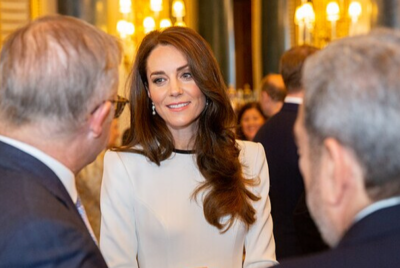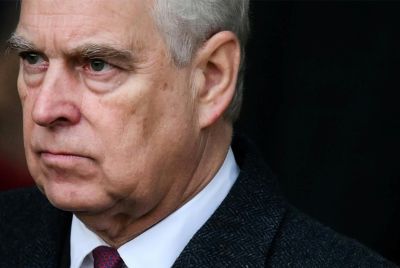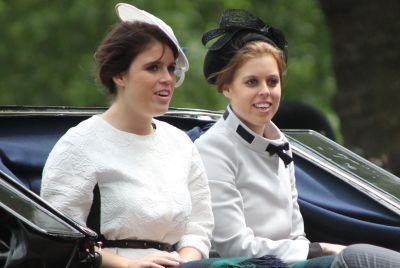Kate Middleton Shock: How Did Prince William's Wife Boost The Economy By £1B?
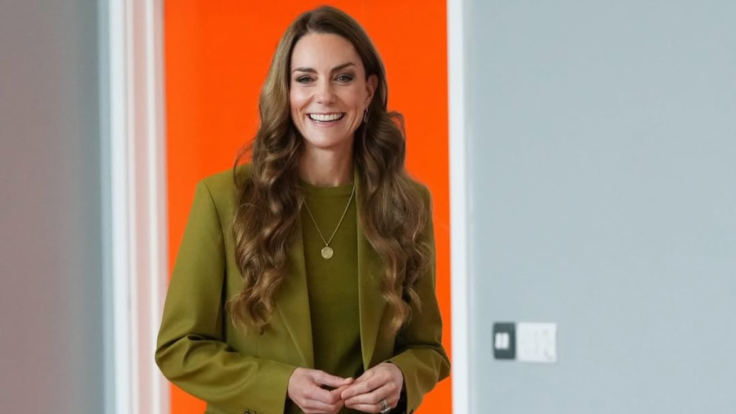
When Catherine, Princess of Wales, steps out wearing a new coat or a high-street label, the ripple effects reach far beyond mere style. Her fashion choices are credited with reigniting demand for British brands, inspiring global consumer trends, and delivering a staggering £1 billion injection into the UK economy.
The Princess of Wales continues to prove her influence reaches far beyond royal engagements, extending into the heart of Britain's fashion and retail industries.
According to The Mail on Sunday's royal editor, Emily Andrews, the so-called 'Kate Effect' has significantly boosted the UK economy by influencing homegrown fashion brands and global retail trends.
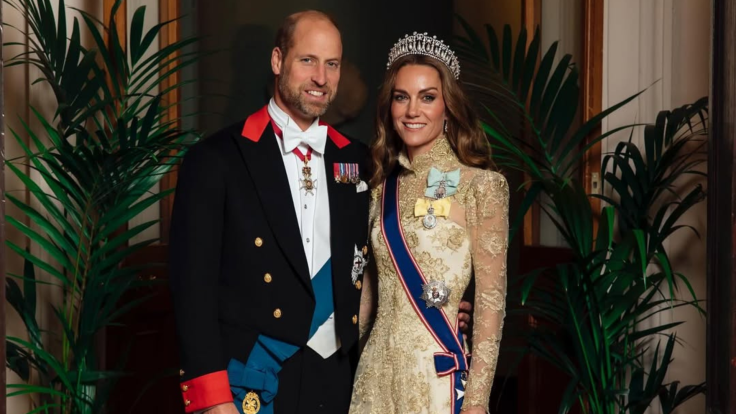
The £1 Billion Claim: Source and Scrutiny
Andrews' column, published in late September 2025, highlighted how the Princess's public reappearance after her summer break reignited a surge of interest in British fashion. Her lighter hair colour and modernised wardrobe drew widespread attention online, with fans and shoppers racing to emulate her polished yet relatable style.
The renewed fascination, Andrews wrote, underscores how Catherine's fashion choices continue to generate measurable economic ripples. 'The 'Kate Effect' boosts the UK economy by an estimated £1 billion for British fashion,' she stated, crediting the Princess's timeless aesthetic and enduring appeal for the industry's success.
However, no public financial reports or government analyses confirm this number. The claim remains unverified, more anecdotal than empirical.
The Power of the 'Kate Effect' in Retail
Dubbed one of the world's most influential women in fashion, the Princess of Wales, 43, has been credited with transforming the visibility of British designers such as Alexander McQueen, Jenny Packham, and Emilia Wickstead. Her ability to mix luxury couture with affordable high-street pieces from Reiss and Zara has helped British retail maintain global appeal.
Much of the strategy behind her style evolution is attributed to her longtime stylist, Natasha Archer, who has worked with the Princess for over a decade. Andrews described Archer as 'the architect of the Kate Effect,' overseeing the Princess's wardrobe for state events, tours, and charitable appearances while maintaining a tone of approachability.
Since assuming her new royal title in 2022, Catherine's wardrobe has taken on a more structured and confident tone, often featuring bold suits, streamlined silhouettes, and colour symbolism aligned with her public messaging. Andrews noted that this evolution 'isn't a rebrand, but a reflection of growth,' positioning the Princess as both relatable and aspirational.
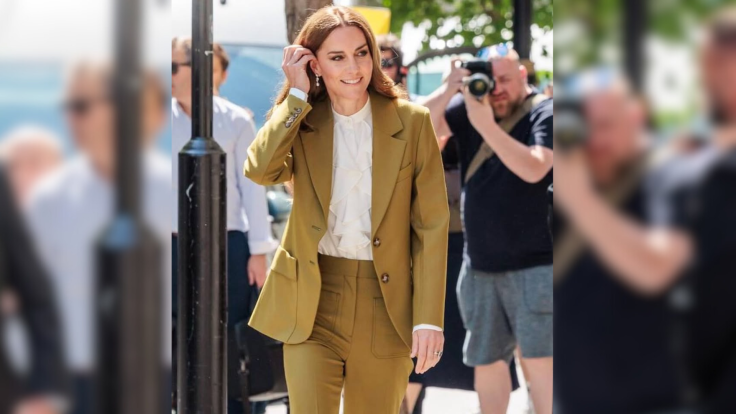
Royal Style as Soft Power
Some analysts frame the Princess's wardrobe not just as fashion but as soft diplomacy. Her dress choices during state visits or tours often nod to local designers or national colours, subtly conveying respect and cultural awareness.
Experts agree that while official financial sources have not independently verified Andrews' £1 billion estimate, the overall influence of the Princess's fashion choices is undeniable. Each public appearance often triggers spikes in online searches and retail demand, with some items selling out in hours.
Fashion economists have compared the phenomenon to a form of soft power, strengthening Britain's global cultural identity through influence rather than policy. The Princess's carefully curated image has been praised for promoting both national pride and commercial success within the domestic fashion sector.
Behind The Brand: Strategy, Identity, Growth
Over time, Catherine's wardrobe has grown more structured and confident. Colour choices, silhouettes, and symbolic elements often align with themes she supports—charity, motherhood, community. This consistency reinforces her public persona.
Her ability to integrate high-street brands into royal dress adds accessibility and encourages mass engagement. Analysts suggest that her strategic fashion alignment helps maintain the monarchy's cultural relevance in a fast-paced media environment.
As Andrews concluded in her column, 'What Kate wears matters not because it's fashionable, but because it reflects what the monarchy stands for: tradition, refinement, and accessibility.'
The Princess of Wales remains one of the world's most visible ambassadors of British fashion, and her wardrobe choices, it seems, continue to make an economic impact that's as elegant as it is powerful.
Symbolic Effect or Hard Economic Force?
Kate Middleton's style influence is undeniably powerful in the realms of media, branding and consumer sentiment. The economic claim of £1 billion is compelling, but remains unsubstantiated by independent data.
Whether myth or measurable force, the 'Kate Effect' underscores how fashion, royalty and commerce are increasingly intertwined. Even if the number is provisional, the symbol is potent—and the ripple continues to reverberate across brand boardrooms, high streets and social media alike.
© Copyright IBTimes 2025. All rights reserved.


